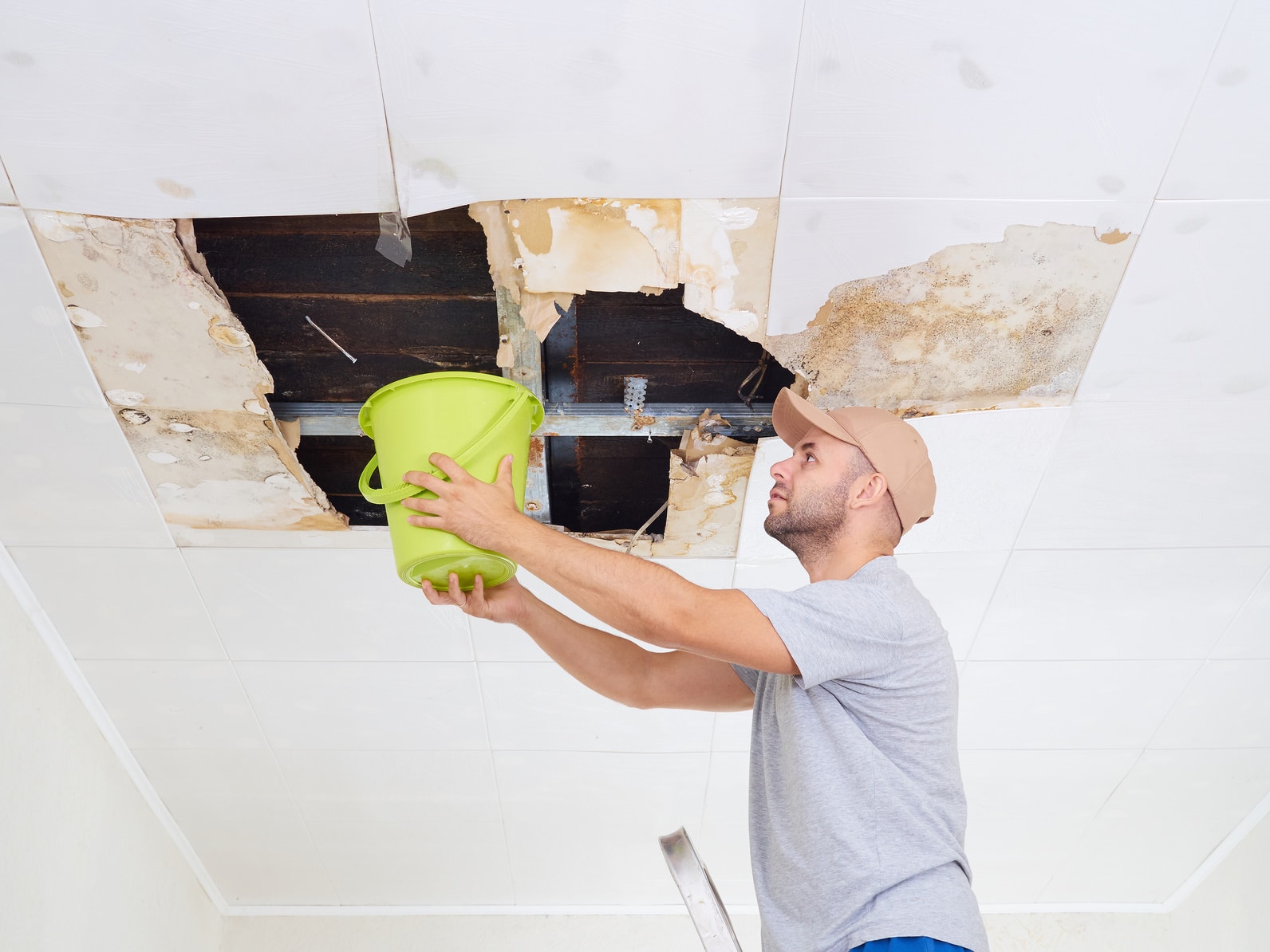Are you looking for selective information concerning What You Can Do At Home To Prevent Fire And Water Damage?

Water offers life, yet water invasion on some components where it's not expected to be can result in damages as well as trouble. In addition, homes with water damage scent moldy and old.
Water can originate from several sources like hurricanes, floodings, ruptured pipelines, leaks, and drain concerns. It's far better to have a functioning understanding of safety preventative measures if you have water damage. Right here are a couple of guidelines on just how to take care of water damages.
Do Prioritize Home Insurance Protection
Seasonal water damages can originate from floods, seasonal rainfalls, and wind. There is also an incident of an unexpected flood, whether it came from a damaged pipe that suddenly bursts right into your residence. To safeguard your residence, obtain house insurance coverage that covers both acts of God such as natural disasters, as well as emergencies like broken plumbing.
Do Not Forget to Turn Off Utilities
When disaster strikes and also you remain in a flood-prone area, switch off the main electric circuit. Shutting off the power protects against
electric shocks when water is available in as water acts as a conductor. Do not fail to remember to shut off the major water line valve as a means to avoid more damages.
If the floodwaters are obtaining high, keep your furnishings secure as they can walk around and trigger extra damage.
Do Stay Proactive and also Heed Weather Condition Signals
If you live in an area afflicted by floodings, remain positive and prepared at all times. Pay attention to the information and also discharge cautions if you live near a body of water like a lake, river, or creek .
Don't Overlook the Roof
Before the weather condition transforms shocking and also for the worse, do a roof examination. A far better practice is to have a yearly roofing assessment to minimize intricate issues and also future problems. A great roofing system without any leakages and also holes can be a great shield versus the rainfall as well as a tool to prevent rainfall damage. Your contractor should deal with the damaged gutters or any other indications of damages or weakening. An examination will certainly stop water from streaming down your wall surfaces as well as soaking your ceiling.
Do Take Note Of Tiny Leaks
There are red flags that can draw your attention as well as show to you some weakened pipelines in your residence. Signs of red flags in your pipelines consist of gurgling paint, peeling wallpaper, water touches, water stains, or leaking noises behind the wall surfaces. Repair and check your plumbing fixed before it results in massive damage to your home, funds, and a personal nightmare.
Don't Panic in Case of a Ruptured Pipeline
Timing is key when it comes to water damage. If a pipe ruptureds in your residence, promptly shut off your major water valve to reduce off the resource and protect against more damages. Call a trustworthy water damages reconstruction professional for support.
Water provides life, but water invasion on some parts where it's not intended to be can result in damages and hassle. In addition, homes with water damages odor moldy as well as old.
Seasonal water damage can come from floods, seasonal rains, as well as wind. Indications of red flags in your pipes include bubbling paint, peeling wallpaper, water streaks, water stains, or leaking audios behind the wall surfaces. If a pipe ruptureds in your residence, immediately closed off your main water shutoff to cut off the resource and prevent more damages.
Some Do's & Don't When Dealing with a Water Damage
DO:
Make sure the water source has been eliminated. Contact a plumber if needed. Turn off circuit breakers supplying electricity to wet areas and unplug any electronics that are on wet carpet or surfaces Remove small furniture items Remove as much excess water as possible by mopping or blotting; Use WHITE towels to blot wet carpeting Wipe water from wooden furniture after removing anything on it Remove and prop up wet upholstery cushions for even drying (check for any bleeding) Pin up curtains or furniture skirts if needed Place aluminum foil, saucers or wood blocks between furniture legs and wet carpet Turn on air conditioning for maximum drying in winter and open windows in the summer Open any drawers and cabinets affected for complete drying but do not force them open Remove any valuable art objects or paintings to a safe, dry place Open any suitcases or luggage that may have been affected to dry, preferably in sunlight Hang any fur or leather goods to dry at room temperature Punch small holes in sagging ceilings to relieve trapped water (don't forget to place pans beneath!); however, if the ceiling is sagging extremely low, stay out of the room and we'll take care of it DO NOT:
Leave wet fabrics in place; dry them as soon as possible Leave books, magazines or any other colored items on wet carpets or floor Use your household vacuum to remove water Use TV's or other electronics/appliances while standing on wet carpets or floors; especially not on wet concrete floors Turn on ceiling fixtures if the ceiling is wet Turn your heat up, unless instructed otherwise

We had been brought to that editorial on Reducing Your Risk Of Water And Fire Damage At Home from an acquaintance on another website. Are you aware of anybody else who is occupied with the topic? Take a moment to share it. Thanks for taking the time to read it.